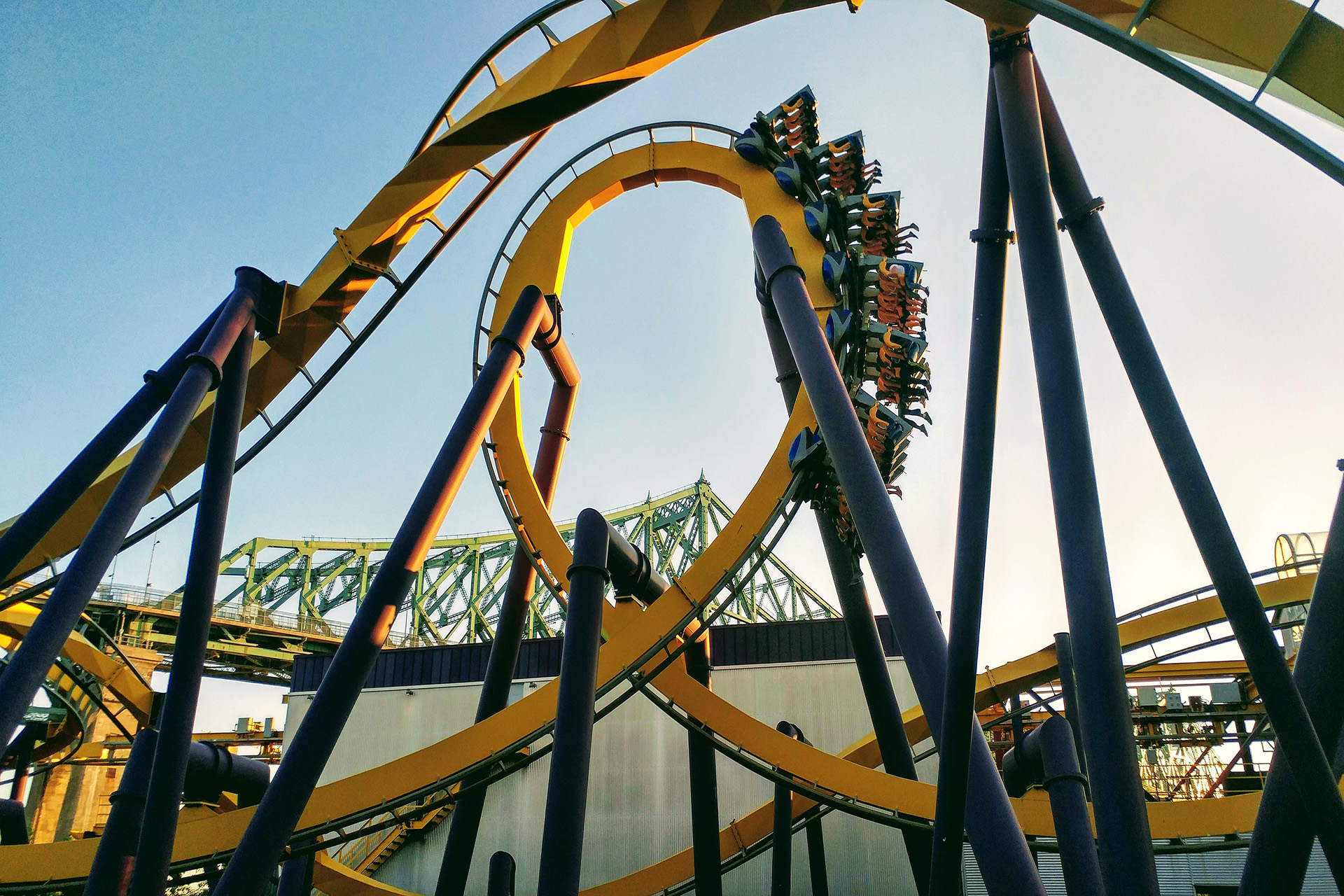Fasten your safety belts and keep your hands inside the car at all times. Recent events have led to rapid changes in the supply of and demand for digital ad space. How will this wild ride affect advertisers? Let’s take a look at the trends within individual channels.
The research firm eMarketer has forecasted that in 2020 Google will, for the first time ever, see a loss in ad revenue. The COVID-19 outbreak’s effects on the travel sector, local retailers and small businesses have changed the media company’s initial projection from a 12.9% increase in ad revenue to a 5.3% decrease.
Ads make up the top revenue stream of Google’s parent company, Alphabet, Inc., and those external strains can lead to opportunities for advertisers. The Google Ads platform is making enhancements to features geared toward brick-and-mortar businesses like hotels and stores. Additionally, a less competitive landscape may allow for some verticals to advertise at a lower cost.
If this new landscape is a theme park, however, one attraction getting an increase in riders is Google subsidiary, YouTube. The video platform has benefitted from an increasingly homebound audience who have had more than enough news to keep up with. eMarketer does not expect a rise in YouTube’s revenue to be enough to offset Google’s projected losses, but Google has undoubtedly noticed the trend; whether they will change YouTube’s ad strategy in response remains to be seen.
The same report forecasts a 23.5% increase in ad revenue for e-commerce giant Amazon. Not surprisingly, the pandemic has caused consumers to move even more of their shopping practices online, boosting the value of the platform’s paid ad space. The opportunity is growing, but so is the competition, so adaptability will be key to success. It’s like when a blockbuster film comes out and all of a sudden, there’s brand-new merchandise in stores and characters wandering around the theme park. What will the existing beloved characters (i.e. every store and online platform not named Amazon) do to keep up with the times?
The wildest ride in paid media may be the social platforms. The advertising and content policies of Facebook, Twitter, Instagram and others have drawn scrutiny from seemingly every viewpoint imaginable. eMarketer foresees 4.9% revenue growth for Facebook, yet several major firms have recently announced plans to boycott the site’s ad platform. Twitter has also had a bittersweet year that saw a spike in usage, but also its first ad revenue loss since 2017 in Q1. Networks like these have shown responsiveness to performance and outside pressures in the past, so policy changes probably lie soon ahead.
Digital marketing opportunities will continue to evolve — even reliable platforms have seen changes shift into high gear. The proper response for advertisers is not to be overwhelmed, but to be adaptive. Look Listen has the expertise needed to navigate every twist, turn and loop-de-loop.
Let us know how we can help you.





